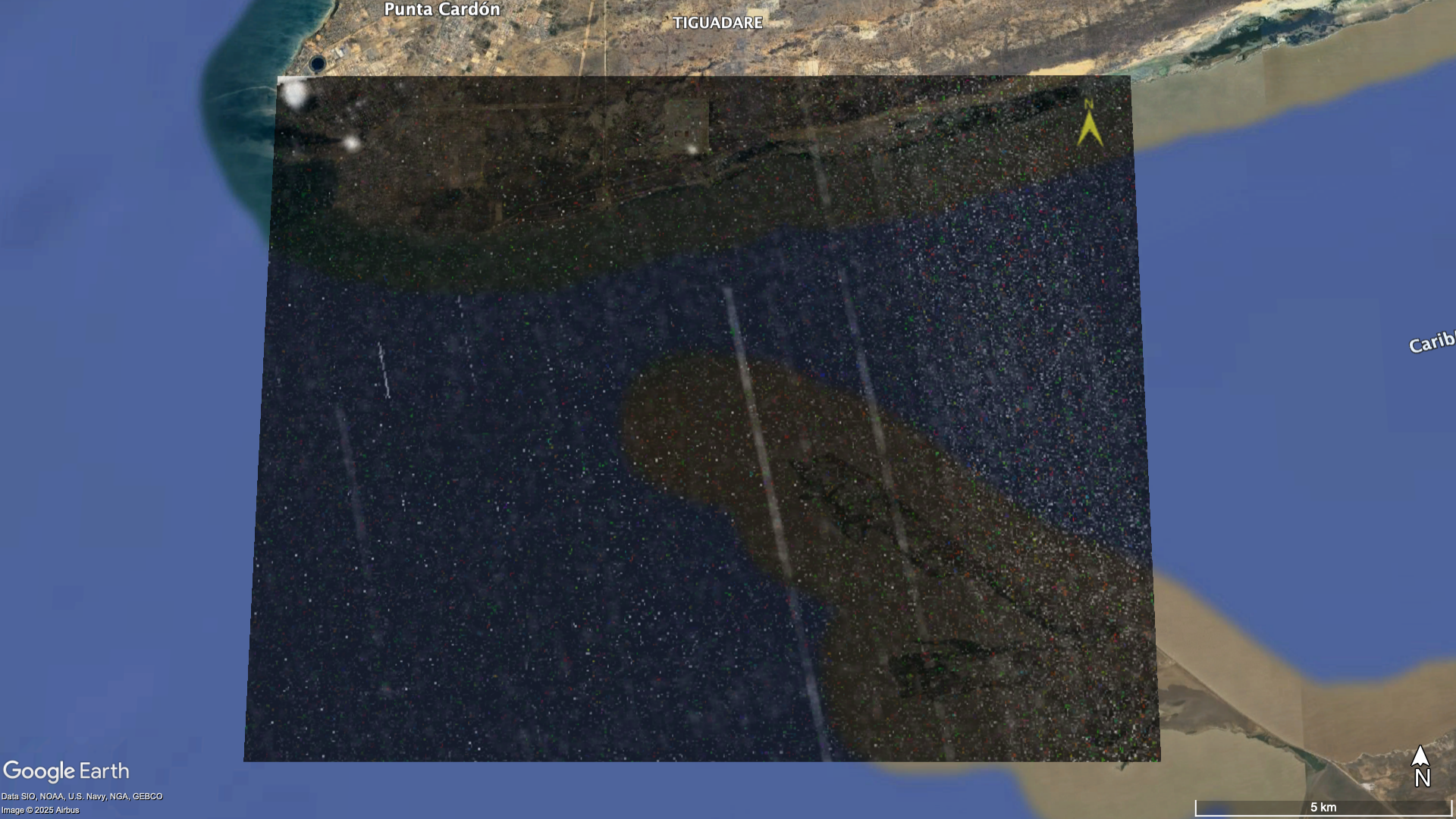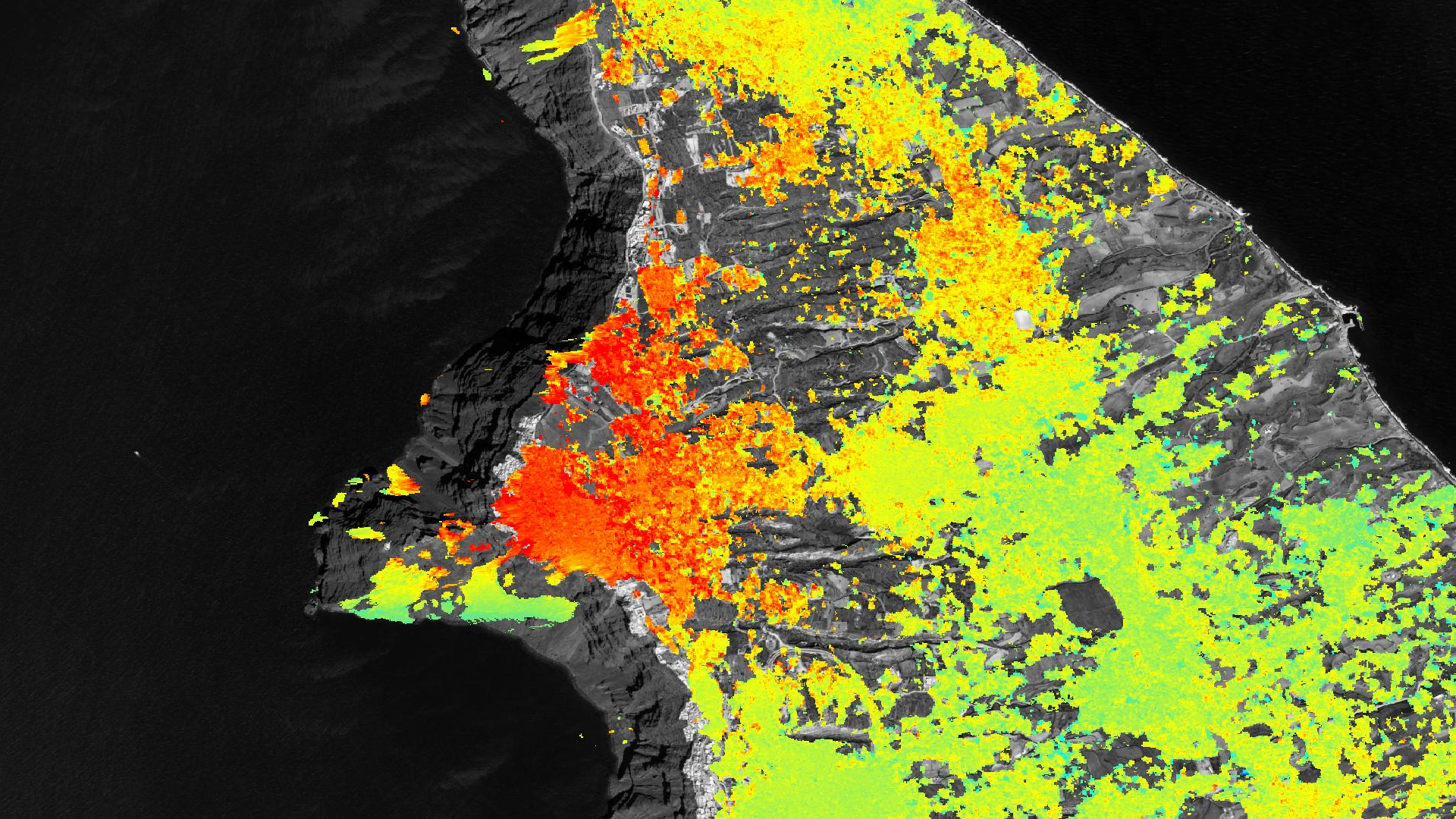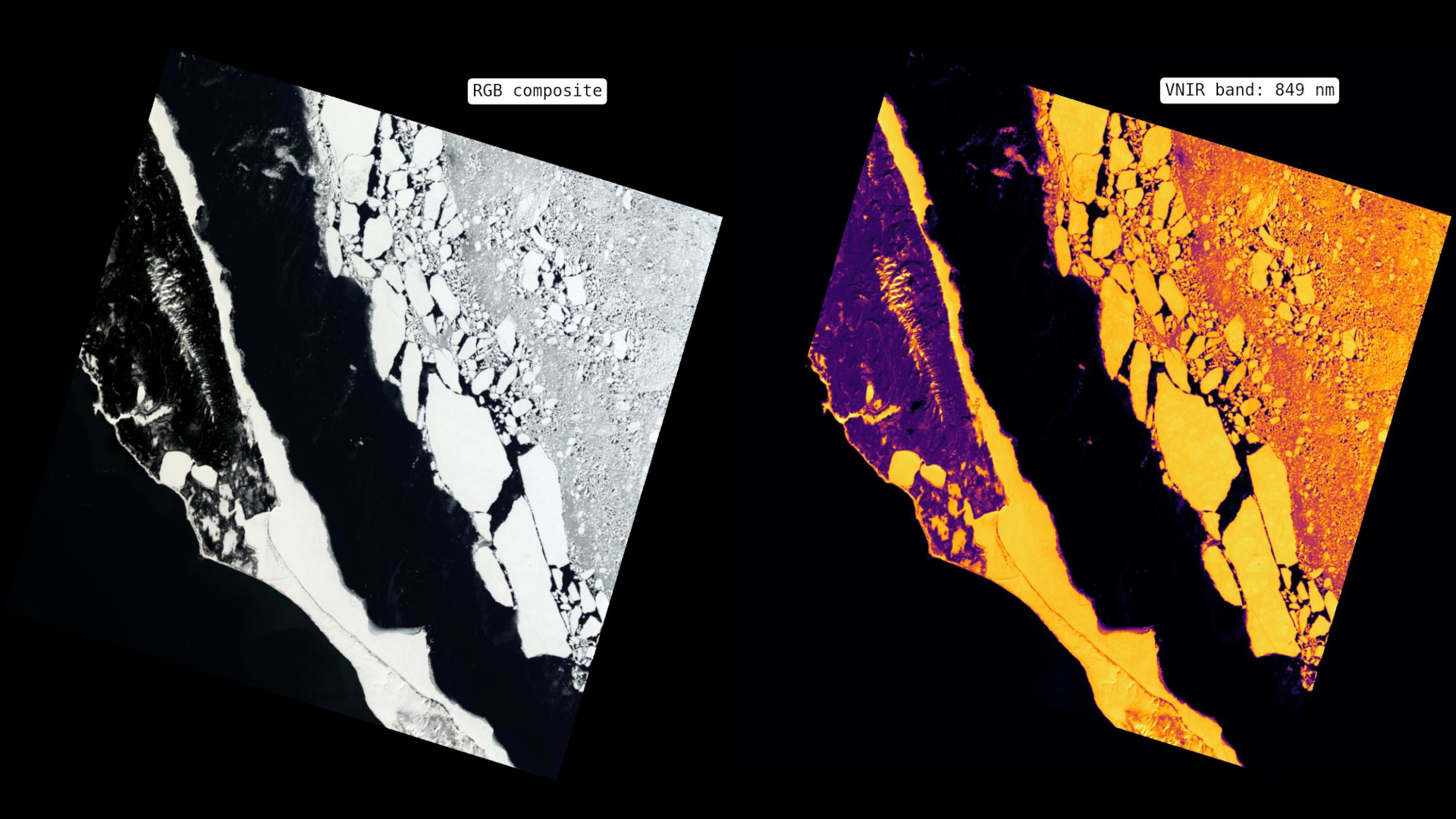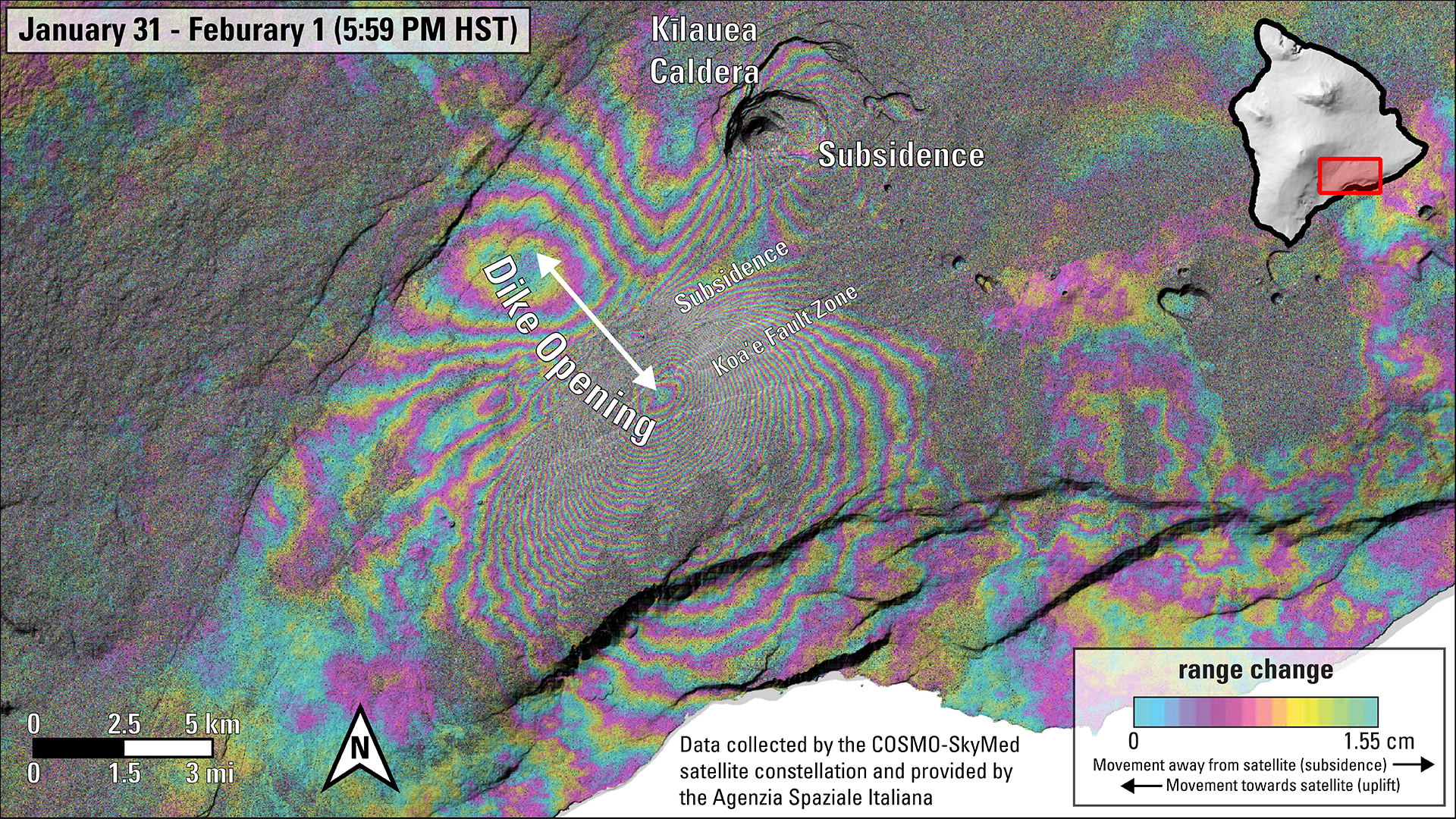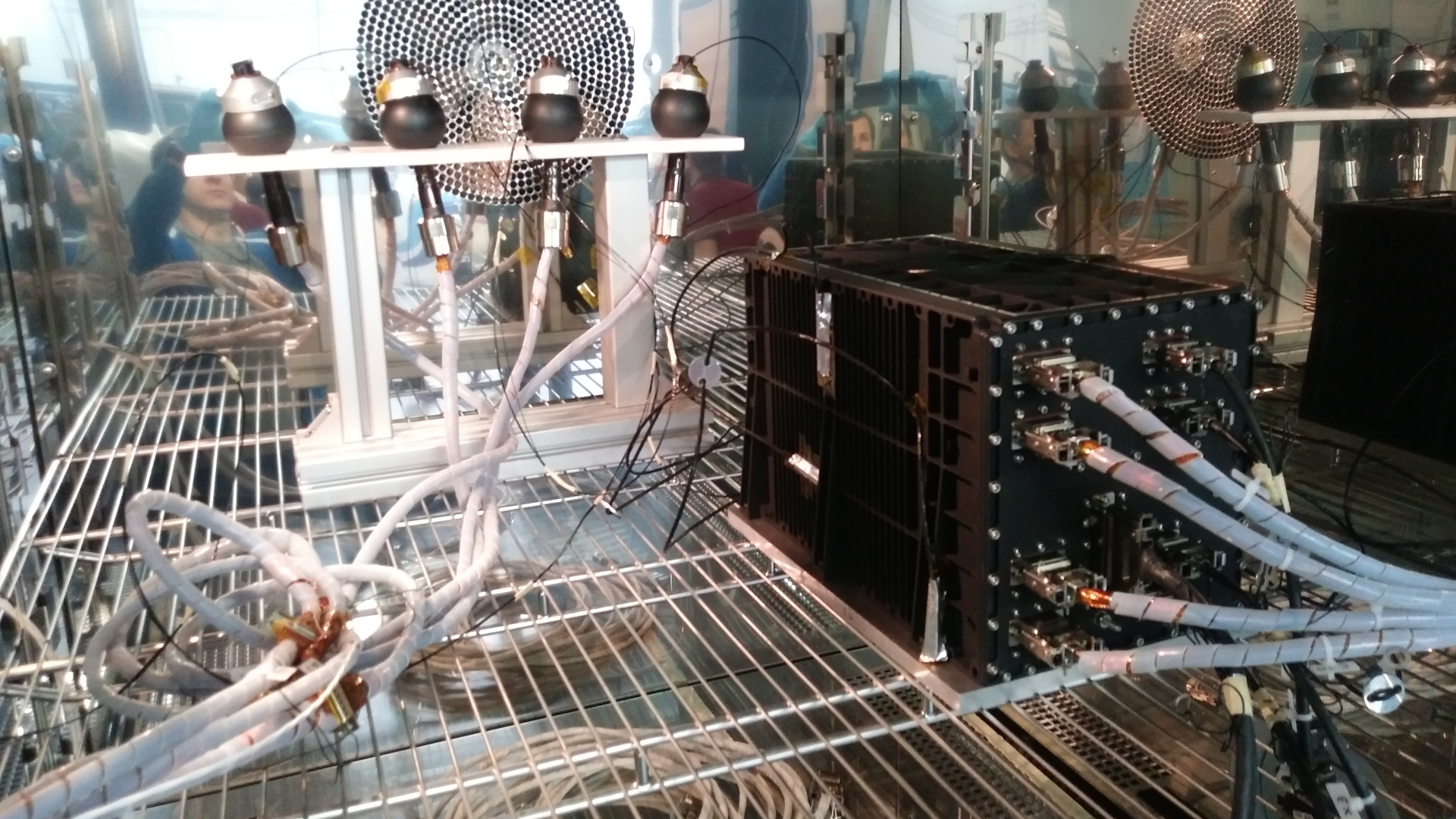Mini-EUSO (Multiwavelength Imaging) is a next-generation telescope for the study and monitoring of terrestrial, atmospheric and cosmic emissions in Ultraviolet (UV). The instrument (37 * 37 * 62 cm3), is an ultra-fast video camera (400 thousand frames per second, 2.5 microsecond/frame), capable of single photon detection on each of the 2304 pixels of the focal surface. The optics is based on Fresnel lenses with 25 cm diameter. The thin and compact construction of the lenses is particularly suitable for space-borne detectors. The field of view on the ground is 40 degrees, corresponding to 260 * 260 km2 on the surface of our planet. With the continuous acquisition of data we can therefore - for the first time - create a dynamic map of nocturnal emissions of ultraviolet in the earth. These measurements are completed by a Near Infrared and a visible camera.
Scientific objectives include:
1. Realization of the first UV night map of the Earth with a resolution of a few km.
2. Detection and study of meteorites.
3. Search for quark strange matter. This hypothetical new state of matter could exist in quarks stars or at the center of neutron stars and reach the Earth in the form of interstellar meteorites. Due to their high density, these fragments of nuclear strange matter would appear as interstellar (220km/s) meteorites that burn for a long time in the atmosphere and with spectral emissions different from the classical meteorites.
4. Monitoring and tracking of space debris for the realization of future laser-based removal methods.
5. Search for Ultra-high-energy cosmic rays
6. Study of marine bioluminescence and of the 'milky sea' phenomenon, generated by plankton.
Technological goals include:
1. First use of a refractive telescope based on Fresnel lenses in space
2. First use of a high sensitivity focal surface, capable of detecting a single photon, and related electronics resistant to the space environment
This type of technologies have applications ranging from the creation of new and larger spatial telescopes such as EUSO, for the study of fundamental physics phenomena in space to practical applications related to the new type of optics and detectors in space (solar energy concentrators, removal of space debris, monitoring of land and pollution ...)


